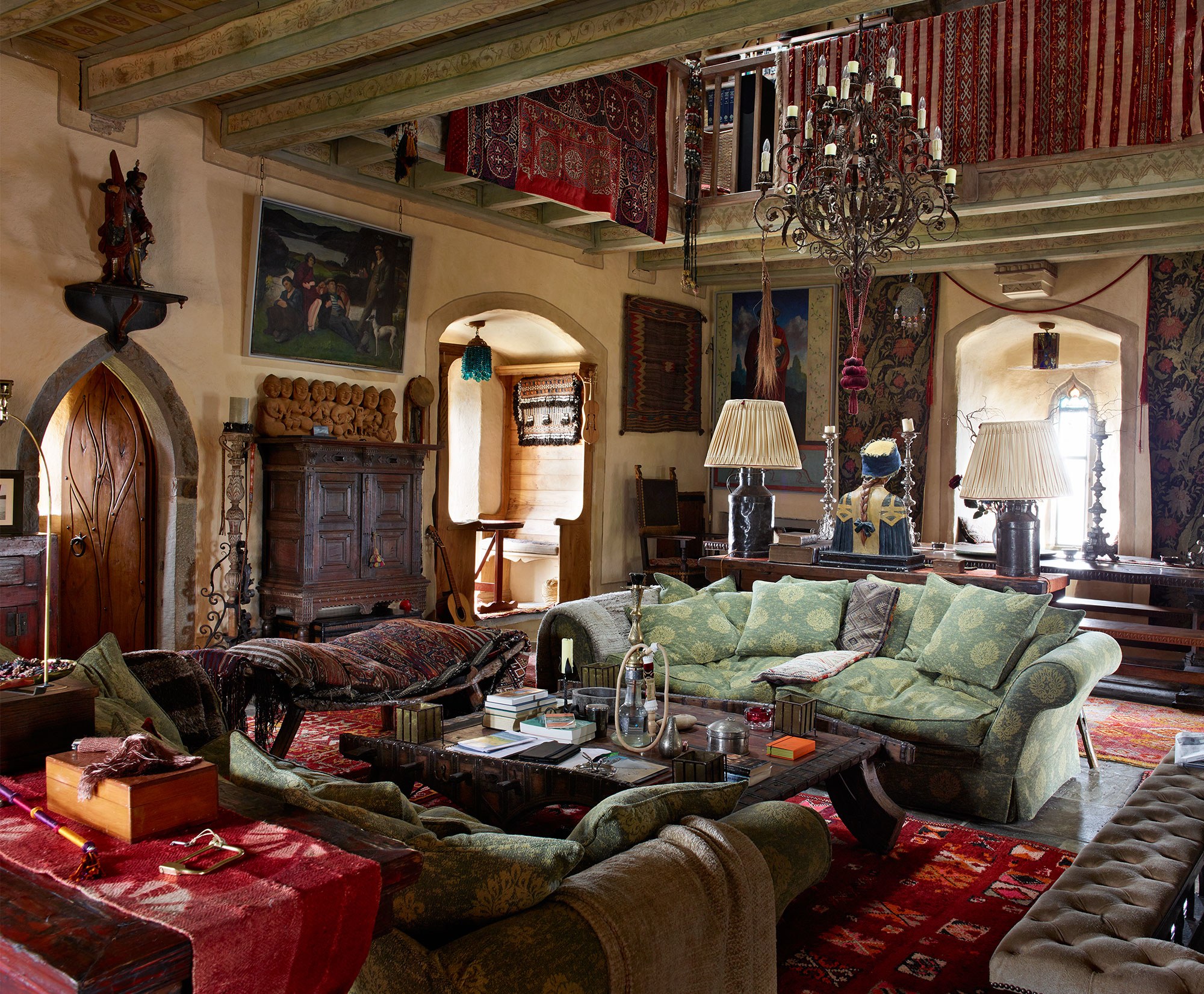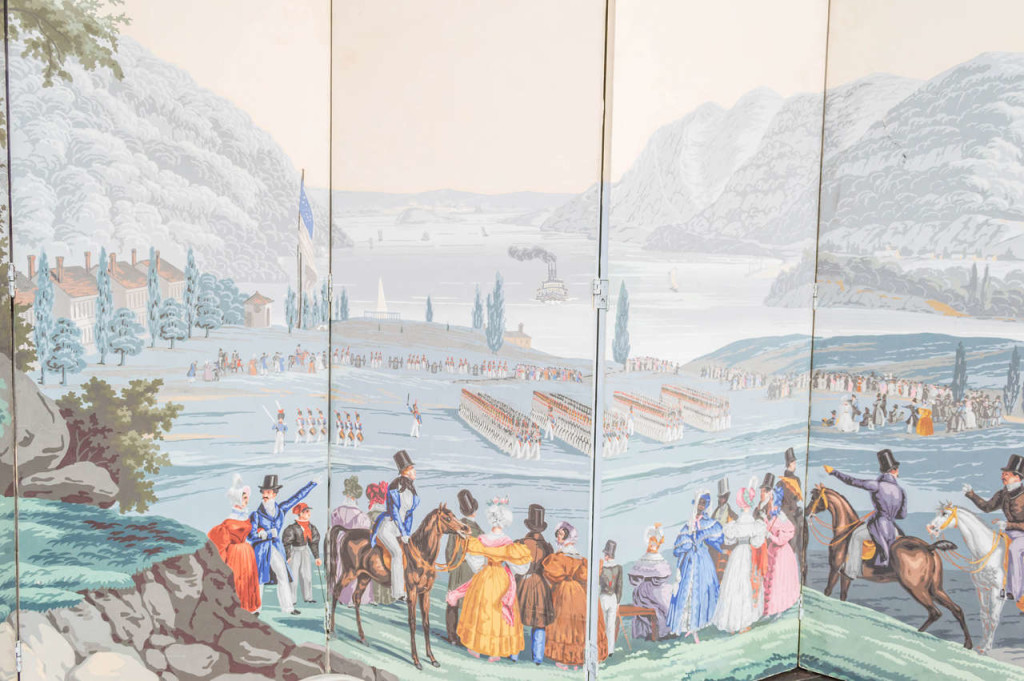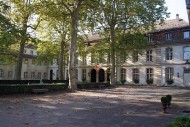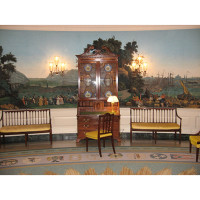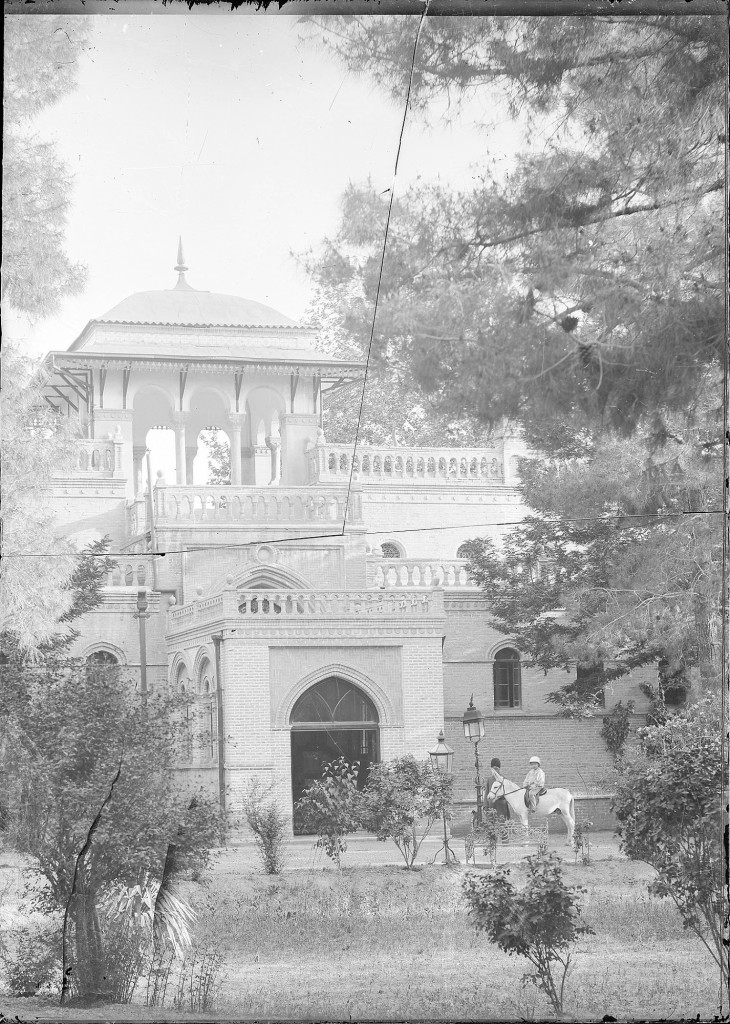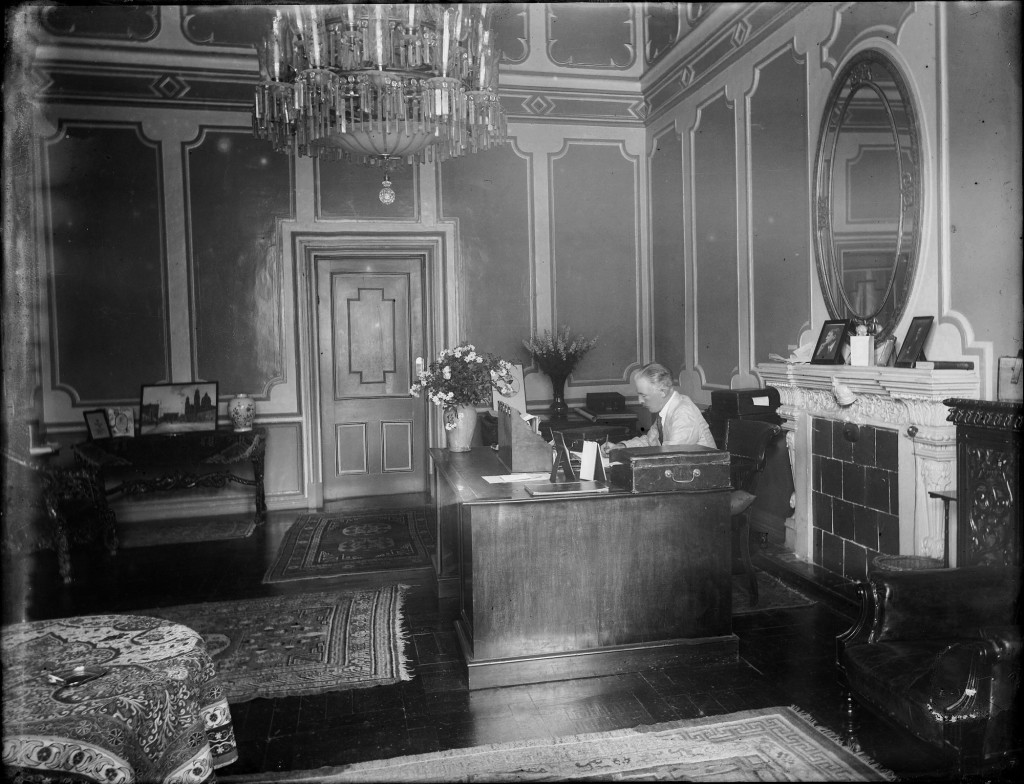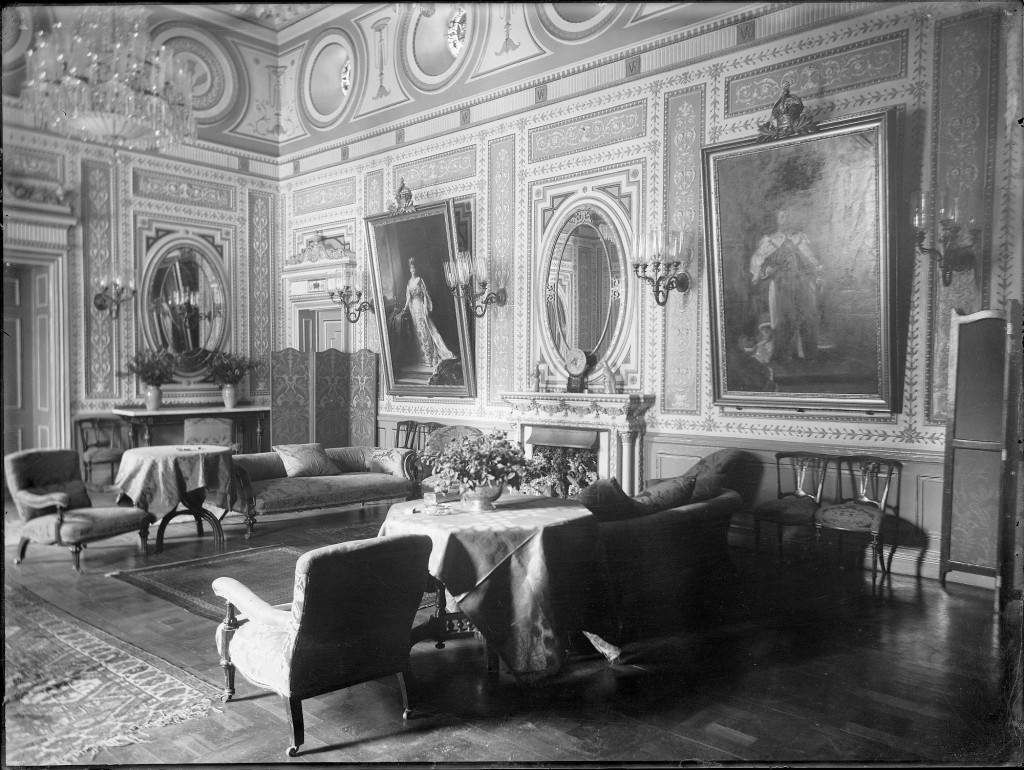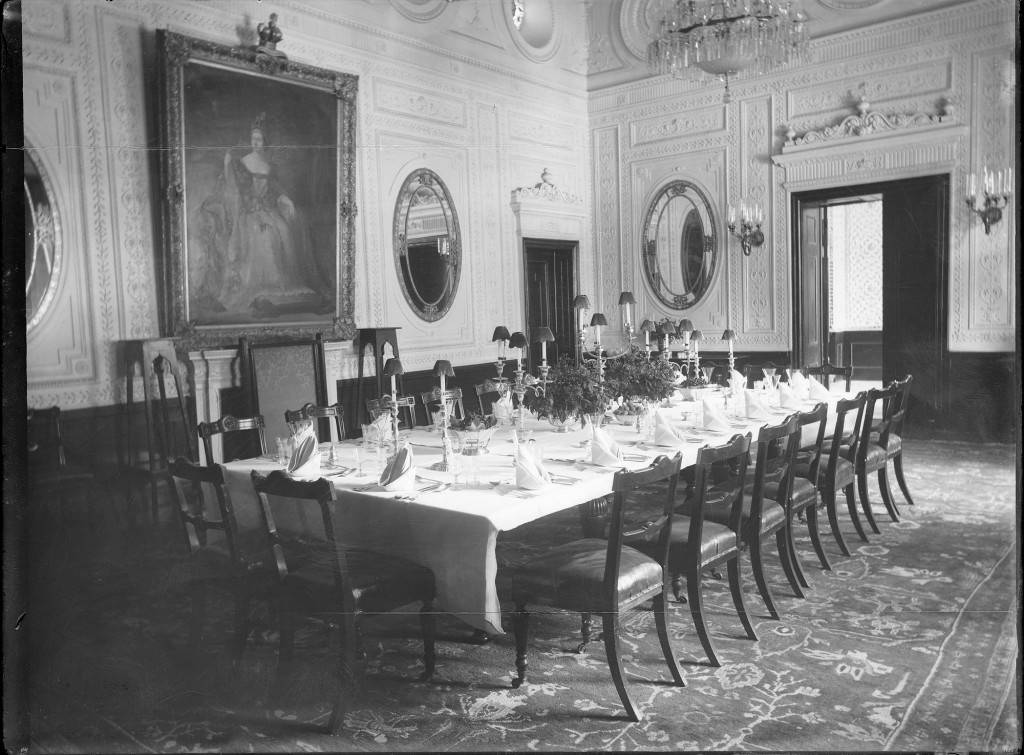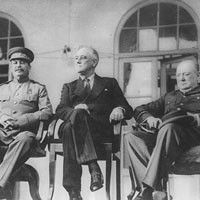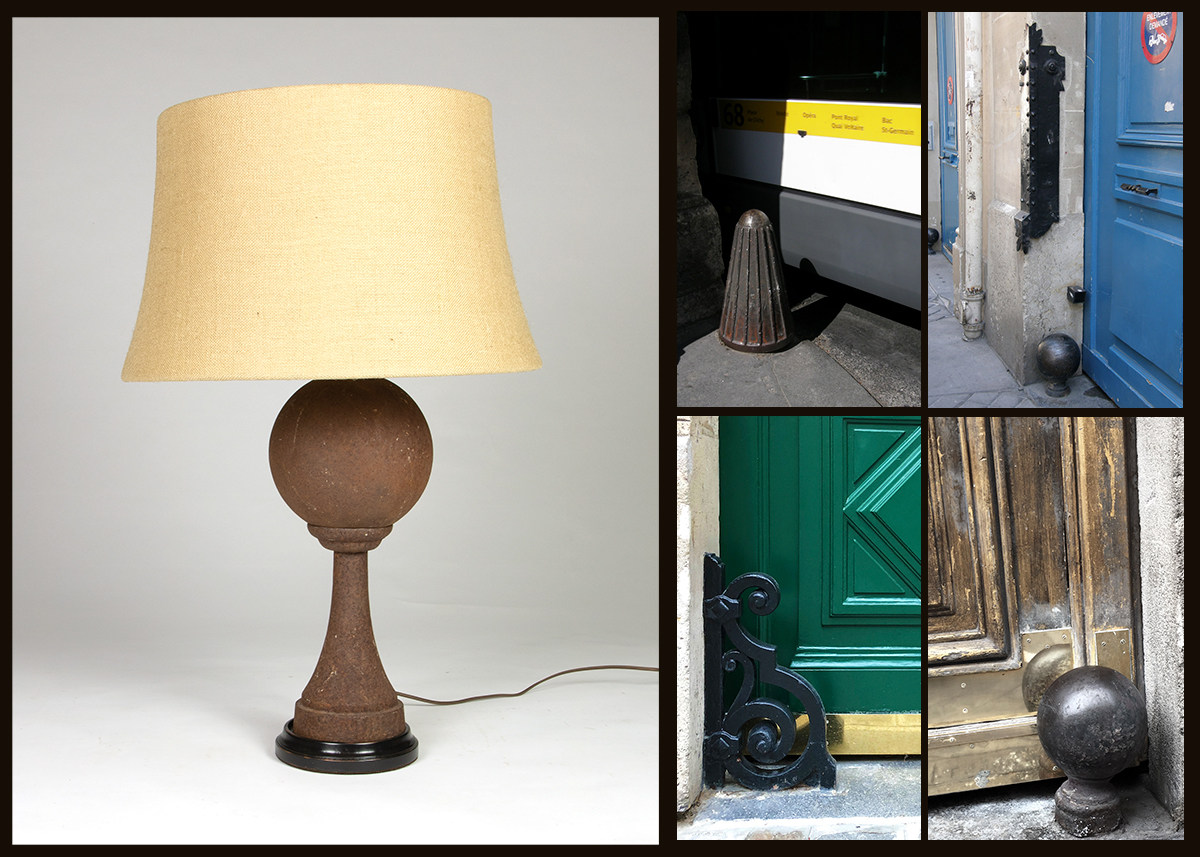
Wandering through neighborhoods in Paris, you’ll notice that doorways are often flanked by low structures made either of stone or metal. These guard stones are called chasse-roues (French lit. “wheel chaser“) or bouteroue (“to push the wheel out of the way“). These projecting metal, concrete, or stone exterior architectural elements are usually located at the corner and/or foot of gates, portes-cochères, garage entries, and walls. They function to prevent damage from vehicle tires and wheels. During the period of horse-drawn vehicles, the wheels, including the hub, would protrude beyond the vehicle’s body, and were thus prone to collide with and damage a corner of a building or gate. Chasse-roues were developed as a warning signs: ‘keep back‘, ‘keep your distance’, ‘don’t brush up against me’, and as traffic bollards––or, in the common parlance, ‘traffic cones’ ⚠️😄. They are a historical item of street furniture and some are still in use today. 1 2 3
photos: Sylvaine Lang, Moments Parfait blog, Chasse-roues. February 26, 2019
Stone was the favored material for chasse-roues during medieval and Renaissance times but many different cast iron designs were installed during the Haussmannian transformation of Paris. 4 Of the surviving chasse-roues in Paris, many are from that age of economical iron and steel. Cast iron was often preferred because it’s affordablity and versatility. Initially, a pattern or mould of the design––the most expensive part of the process––would be made. Then the molten cast iron would be poured or ‘cast’ into the mould and could take many decorative forms with each subsequent casting being relatively inexpensive to produce. Many ornamental cast-iron pieces from the late 19th and early 20th centuries survive today. These decorative artifacts represent a perfect union of form and function projecting a sense of strength, durabilty and good design.
When automobiles replaced fiacres 5, chasse-roues no longer served their purpose being replaced by objects meant for automobile traffic, such as curbs and guard rails. They were, in fact, undesirable but because they were unusually difficult to remove, most of them were just left in place. Those that remain stand as silent sentinals to earlier traffic on those historic roads. 6
Today these architectural artifacts are treasured for historic reasons and are often protected as part of a city’s cultural heritage.
On one of our recent excursions into Paris, we found a lovely patinaed pair of iron ball, “boule”, chasse-roues which we had electrified and museum-mounted as an impressive pair of table lamps.7 ^jh
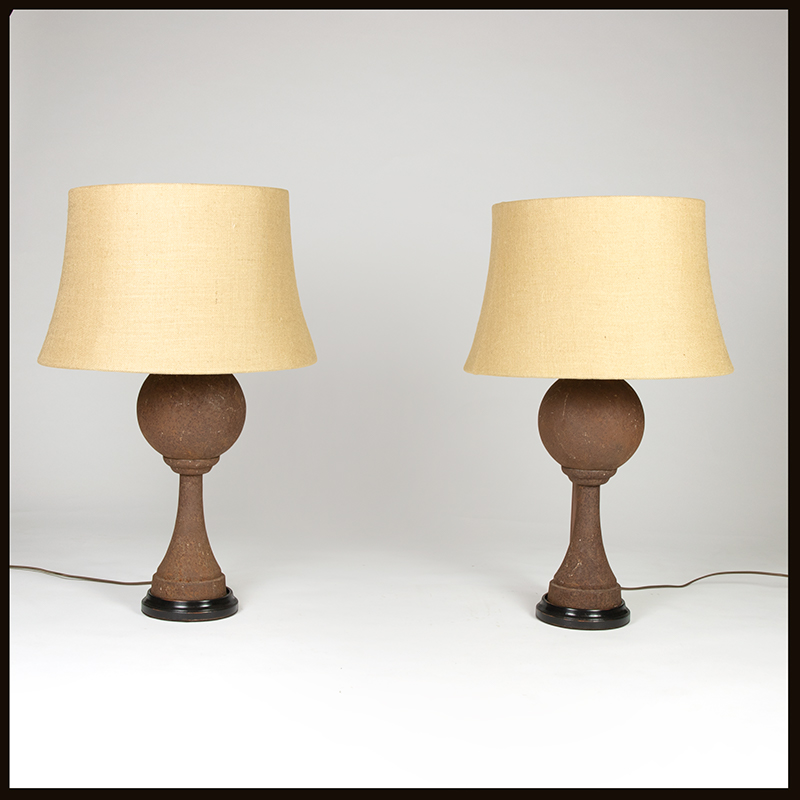
Further readings and sources:
- Moments Parfait, https://www.momentsparfaits.com/blog ↩
- The Parisian Fields, Noman Ball, June 2011, https://parisianfields.com/2011/06/26/the-art-of-the-chasse-roue/ ↩
- Un jour de plus à Paris, https://www.unjourdeplusaparis.com/en/paris-balades/balade-belleville-menilmontant ↩
- Haussmann’s renovation of Paris, Wikipedia, https://en.wikipedia.org/wiki/Haussmann%27s_renovation_of_Paris ↩
- A fiacre is a form of hackney coach, a horse-drawn four-wheeled carriage for hire. https://en.wikipedia.org/wiki/Fiacre_(carriage) ↩
- Revolvy : https://www.revolvy.com/page/Guard-stone ↩
- Pair of cast iron ball chasse-roues mounted as table lamps, French, Circa 1870 at Garden Court Antiques, https://www.gardencourtantiques.com/shop/pair-of-iron-ball-finials-now-mounted-as-table-lamps-french-circa-1870/ ↩

